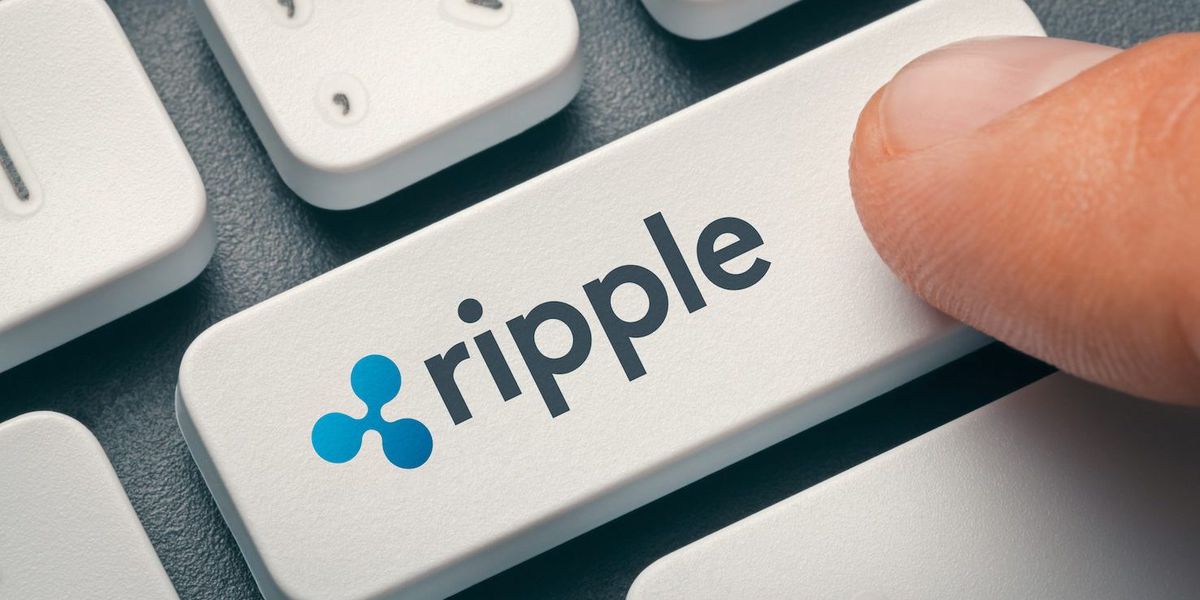|
Getting your Trinity Audio player ready...
|
On September 4th, Polygon (formerly MATIC) took a bold step toward revolutionizing blockchain interoperability with its latest technical upgrade, transitioning its native token from MATIC to POL, the Polygon Ecosystem Token. This strategic move is designed to enhance the network’s capabilities and advance its goal of unifying the fragmented Web3 space.
Seamless Migration And Enhanced Functionality
The upgrade process is straightforward for those holding MATIC tokens directly on the Polygon network. These tokens are being swapped 1:1 for POL. However, MATIC tokens residing in Ethereum (ETH) smart contracts require manual interaction with a migration contract to complete the upgrade. This distinction underscores Polygon’s commitment to ensuring a smooth transition while accommodating various user scenarios.
At the heart of this upgrade is Polygon’s vision for the AggLayer, an ambitious initiative designed to overcome the limitations of traditional cross-chain interoperability programs. Unlike ecosystem-specific solutions, AggLayer aims to connect all Layer 1 (L1) and Layer 2 (L2) blockchains, fostering seamless communication across the entire crypto landscape. This unification promises to alleviate the long-standing issue of blockchain fragmentation, where users often face challenges bridging between different chains.
AggLayer’s approach integrates zero-knowledge proof aggregation, which not only enhances security and scalability but also boosts privacy by minimizing the need for third-party protocols. This development could potentially transform the way different blockchains interact, paving the way for a more cohesive and efficient Web3 ecosystem.
Market Sentiment and Price Movements
Despite the technical advancements, the sentiment surrounding Polygon has been mixed. Recent metrics reveal a downward trend in daily active addresses over the past two weeks. Network growth also declined in August compared to July, although the overall trend remained stable. On September 3rd, a notable spike in dormant circulation indicated increased selling activity, which contributed to a price drop from $0.41 to $0.367 within just 24 hours. This volatility suggests that while the upgrade promises significant long-term benefits, short-term market reactions may fluctuate.
Looking Ahead
The transition from MATIC to POL and the implementation of AggLayer mark a significant milestone in Polygon’s journey to unify the Web3 space. By addressing blockchain isolation and reducing reliance on third-party protocols, Polygon is positioning itself as a pivotal player in the evolution of cross-chain interactions. As the crypto community adapts to these changes, the full impact of Polygon’s ambitious plans will continue to unfold, potentially reshaping the landscape of blockchain technology.
Disclaimer: The information in this article is for general purposes only and does not constitute financial advice. The author’s views are personal and may not reflect the views of Chain Affairs. Before making any investment decisions, you should always conduct your own research. Chain Affairs is not responsible for any financial losses.
A lifelong learner with a thirst for knowledge, I am constantly seeking to understand the intricacies of the crypto world. Through my writing, I aim to share my insights and perspectives on the latest developments in the industry. I believe that crypto has the potential to create a more inclusive and equitable financial system, and I am committed to using my writing to promote its positive impact on the world.




